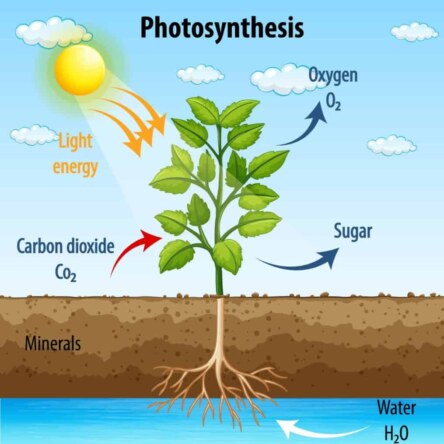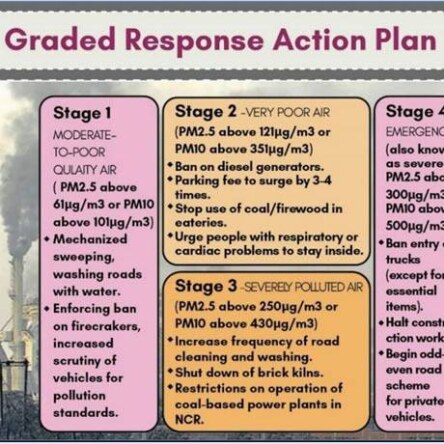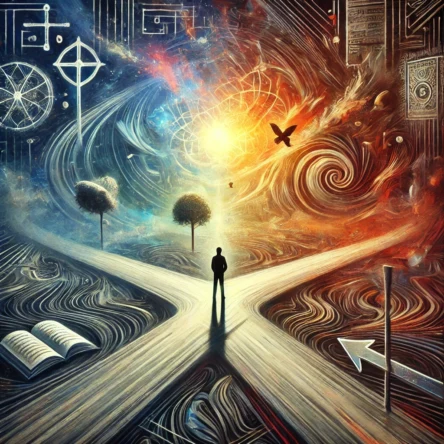How have gender roles evolved in modern society?
The first programming language was created in the mid-20th century. The invention of the first language is often attributed to Ada Lovelace, who is considered the first computer programmer. In the 1830s, she worked on Charles Babbage's early mechanical computer, the Analytical Engine, and wrote a seRead more
The first programming language was created in the mid-20th century. The invention of the first language is often attributed to Ada Lovelace, who is considered the first computer programmer. In the 1830s, she worked on Charles Babbage’s early mechanical computer, the Analytical Engine, and wrote a series of notes that included an algorithm for calculating Bernoulli numbers. This algorithm is recognized as the first published algorithm intended for implementation on a computer, making her work a pioneering effort in programming.
However, when discussing modern programming languages, the first high-level programming language is often considered to be Fortran (short for “Formula Translation”). It was developed in the 1950s by IBM for scientific and engineering calculations, with its first version being released in 1957. Fortran was one of the first languages to allow complex mathematical expressions to be written in a form close to human language, rather than machine code or assembly language.
In summary, while Ada Lovelace’s work in the 1800s laid the theoretical foundation for programming, Fortran (1957) is recognized as one of the first high-level programming languages in modern computing.
See less











The evolution of gender roles in modern society has been marked by significant changes in perceptions, expectations, and opportunities for individuals regardless of their gender. These transformations are influenced by cultural shifts, legal reforms, economic developments, and global movements for eRead more
The evolution of gender roles in modern society has been marked by significant changes in perceptions, expectations, and opportunities for individuals regardless of their gender. These transformations are influenced by cultural shifts, legal reforms, economic developments, and global movements for equality. The traditional, rigid definitions of what it means to be a man or a woman have increasingly been challenged, leading to more inclusive and flexible understandings of gender.
Historical Perspective
Historically, gender roles were strictly defined. Men were expected to be breadwinners, protectors, and decision-makers, while women were relegated to domestic responsibilities and caregiving. This division was deeply entrenched in societal structures, religious doctrines, and cultural norms. However, the industrial revolution, the suffragette movement, and world wars began to challenge these norms as women entered the workforce and demanded equal rights.
The Shift Towards Equality
The 20th and 21st centuries have seen a marked shift toward gender equality. The feminist movements of the 1960s and 1970s played a pivotal role in questioning patriarchal structures and advocating for women’s rights in education, employment, and political participation. The concept of gender as a social construct, popularized by scholars like Judith Butler, further highlighted that roles associated with men and women are not biologically determined but culturally imposed.
Legislative reforms have also contributed significantly to the evolution of gender roles. Laws addressing workplace discrimination, domestic violence, reproductive rights, and equal pay have empowered individuals to transcend traditional roles. In many countries, parental leave policies now include provisions for fathers, encouraging a more balanced distribution of caregiving responsibilities.
Modern Workplace Dynamics
In the workplace, gender roles have become increasingly fluid. Women have entered professions traditionally dominated by men, such as engineering, technology, and leadership positions. Similarly, men are now more likely to pursue careers in nursing, education, and caregiving, fields traditionally associated with women. The concept of a “stay-at-home dad” is gaining social acceptance, reflecting changing attitudes toward male involvement in family life.
Influence of Media and Pop Culture
Media and pop culture have played a crucial role in shaping and reflecting these changes. Films, books, and television shows are increasingly portraying diverse and non-stereotypical characters, challenging outdated notions of masculinity and femininity. Social media platforms have amplified voices advocating for gender inclusivity and have provided a space for individuals to express their identities freely.
Challenges and Future Directions
Despite significant progress, challenges persist. Gender stereotypes continue to influence perceptions, limiting individuals’ potential and perpetuating inequalities. Women are still underrepresented in leadership roles, and men face stigmatization for embracing traditionally feminine traits or professions. Non-binary and transgender individuals often face discrimination and struggle for acceptance in many societies.
Looking ahead, the evolution of gender roles will likely continue to emphasize inclusivity and intersectionality. Education and awareness are key to dismantling stereotypes and fostering a society where individuals are valued for their unique abilities and contributions, regardless of gender.
The evolution of gender roles in modern society reflects a broader movement toward equality and inclusivity. While significant strides have been made, ongoing efforts are needed to address persistent inequalities and to create a world where everyone can thrive free from the constraints of traditional gender roles.
See less